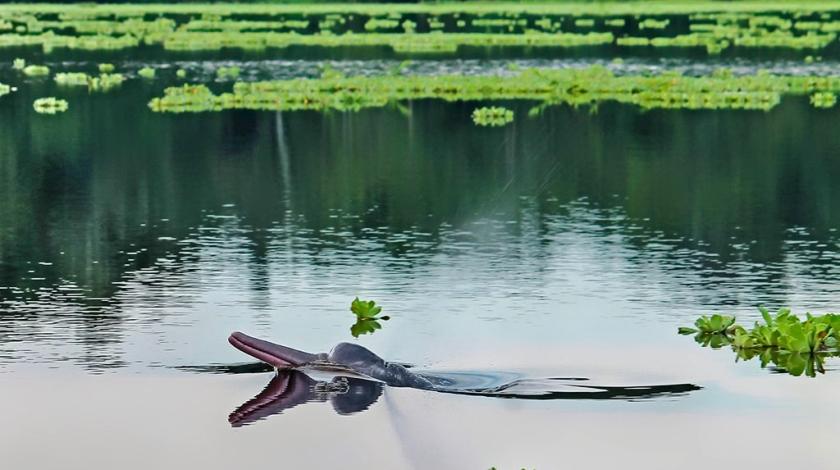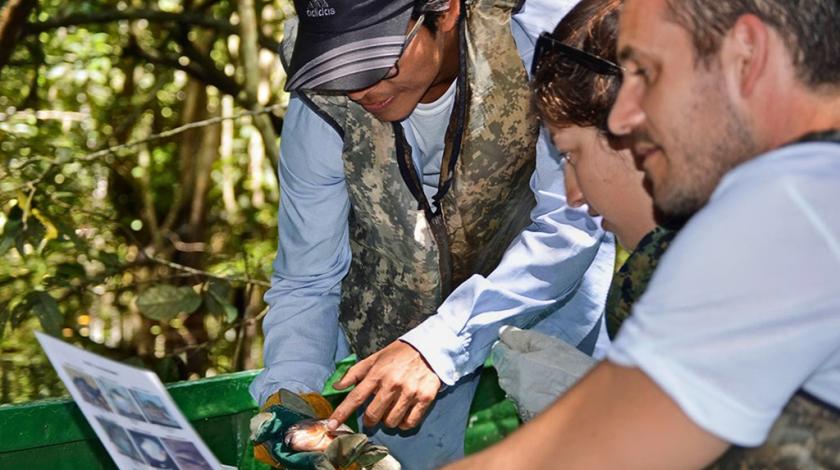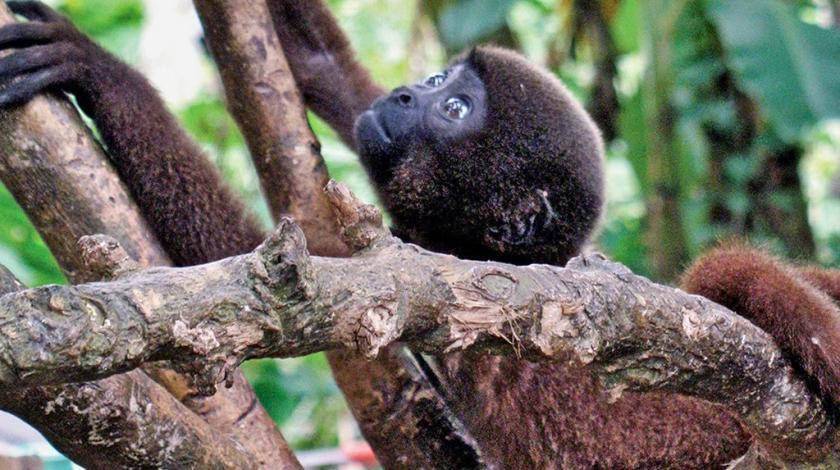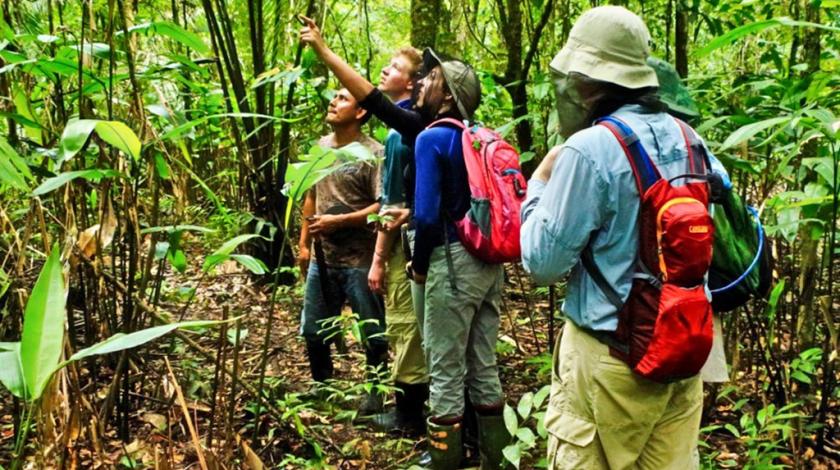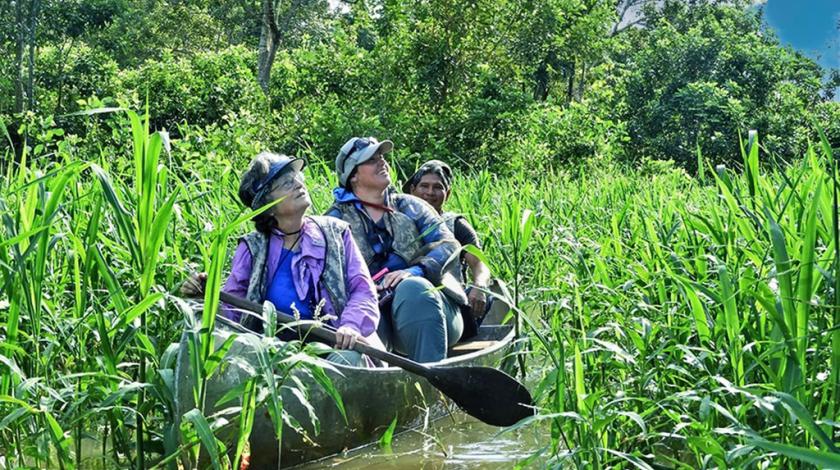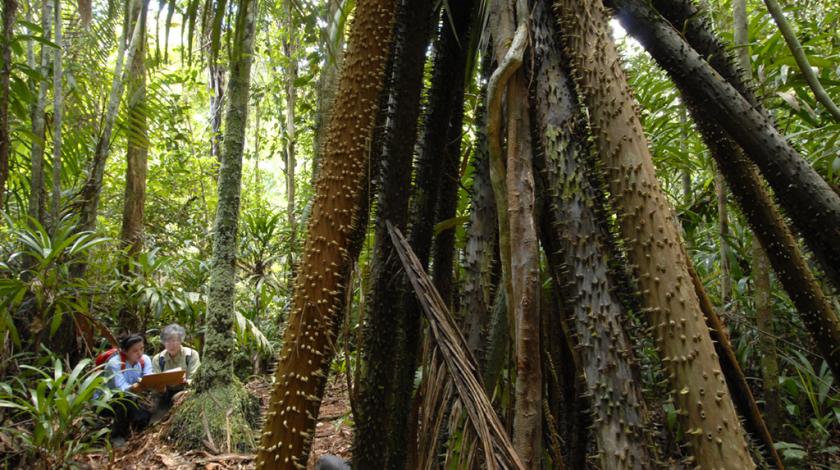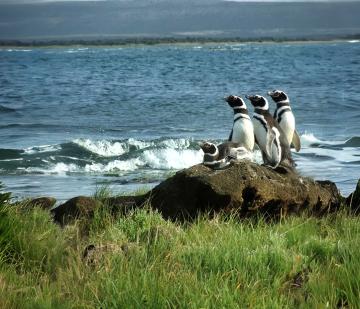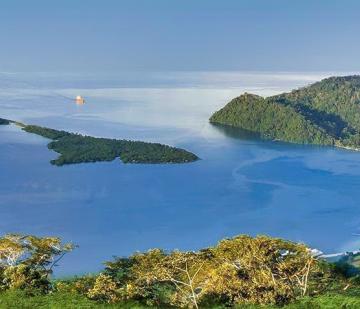BOOK WITH A $500 DEPOSIT
Amazon Riverboat Exploration
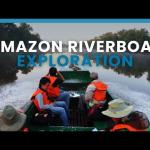
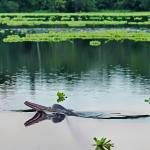
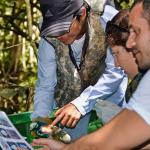
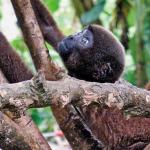
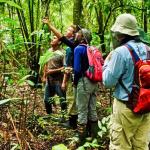
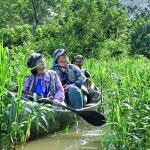
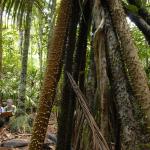
Aboard a riverboat deep in the heart of Peru’s flooded Amazon region, you’ll help to conserve river dolphins and monkeys, and protect the fragile South American wilderness.
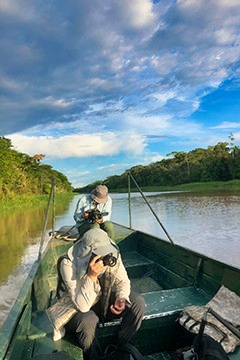 The vast, pristine Amazonian forests of northeastern Peru are home to an incredible array of wildlife. As you travel along the Yarapa River, you’ll spot pink river dolphins and caimans swimming through the waters, while monkeys and extraordinary birds move through the canopy overhead. In the lakes you can find a vast array of fish, and sometimes you can even spot rare giant river otters hunting and playing.
The vast, pristine Amazonian forests of northeastern Peru are home to an incredible array of wildlife. As you travel along the Yarapa River, you’ll spot pink river dolphins and caimans swimming through the waters, while monkeys and extraordinary birds move through the canopy overhead. In the lakes you can find a vast array of fish, and sometimes you can even spot rare giant river otters hunting and playing.
But this spectacular diversity is declining due to recent intense climate fluctuations that have caused floods and droughts. As part of an Earthwatch team, you’ll help survey the area’s wildlife to gather key information about the health of the ecosystem and the sustainability of traditional hunting and fishing. Through this community-based approach, you’ll help researchers develop conservation strategies that confront the current threats from climate change and ensure sustainable use of these valuable resources.
You’ll sleep aboard a restored, 100-year-old air-conditioned vessel from the Rubber Boom era that is moored in the Yarapa River of the Samiria-Yavari protected areas. There, you’ll discover a flooded forest whose waters run from the Andes Mountains through this delicate wilderness. You’ll also have the opportunity to meet and work with the Cocama people from a nearby village. With your help, Earthwatch and the Cocama will develop management plans to protect both the needs of the indigenous people and the wildlife of the Samiria-Yavari landscape.
.
A Typical Itinerary
- Day 1: Meet in Iquitos, travel to the town of Omaguas, board chartered passenger boat to the riverboat, moored in the Amazon
- Days 2–5: Dolphin census, terrestrial transect, wading bird and macaw monitoring
- Days 6–7: Fishing census, caiman spotting, fishing bat surveys, surveys using canoes
- Day 8: Visit the local Cocama community; travel back to Omaguas and return to Iquitos
.
.
HOW YOU WILL HELP
.
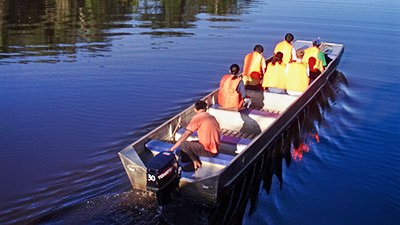
SEARCH FOR DOLPHINS AND FISH, RECORD VOCALIZATIONS
As you boat along with the current, you'll spot, count, and identify the species of individual pink river dolphins and grey dolphins, as well as any fish species you see. And you’ll use a high frequency hydrophone to record dolphin communication to study their sonar and social behavior.
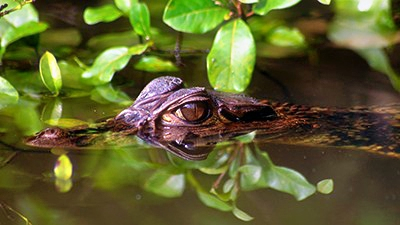
HIKE THE RAINFOREST, SPOT CAIMANS
In the rainforest, track an abundance of wildlife, including primates and game birds, and record their behavior. When the forest is not flooded, you’ll also assess wildlife presence through deployed camera traps. Take to the river at night and spot caimans, smaller relatives of the alligator. Locate them by shining headlights that reflect back when they catch their eyes.
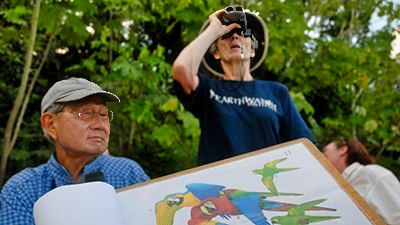
COUNT WADING BIRDS, MACAWS, AND FISHING BATS
Early in the morning watch the sunrise over the forest and river as you spot and count herons, kingfishers, horned-screamers and a multitude of shore birds. You will also observe and count colorful macaws at 500-meter intervals. At dusk, you’ll search for bats and count them with a search light and acoustic bat box as they swoop down to the river and catch fish.
Field conditions and research needs can lead to changes in the itinerary and activities. We appreciate your cooperation and understanding.
.
FEEDBACK & QUESTIONS
.
10 Reviews on this Expedition
GET EARTHWATCH NEWSLETTER
Bi-weekly announcements, new expeditions, and updates on our impact around the globe.
.
.
.
